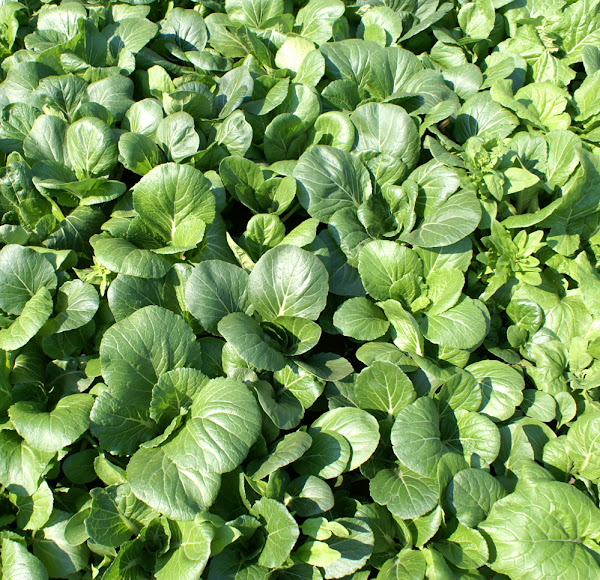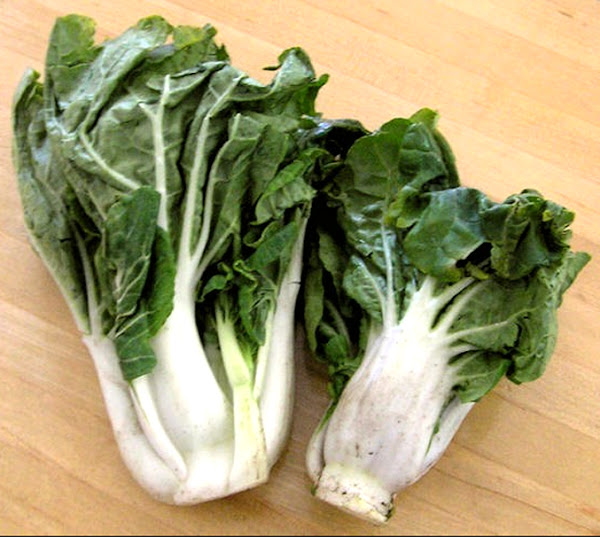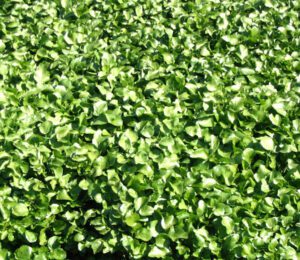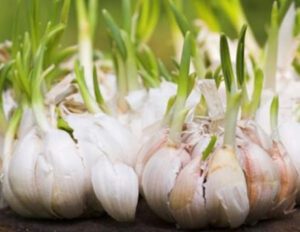Growing Chinese cabbage organically in home garden is no more difficult than growing traditional round-headed cabbage.
Chinese cabbage is actually a large, puckered and tight-headed fresh green. It’s flavor is sweeter and milder than the common traditional cabbage.
Chinese cabbage is also known by some other names such as Napa cabbage, Pak choi, Bok choy, Peking cabbage, Celery cabbage, Flowering cabbage, Michihli and some other local names.
It is very tasty and nutritious. And generally used as an oriental vegetable that is used a lot in sandwiches and salads instead of lettuce.
The Chinese cabbage is grown mainly for it’s broad, thick and tender leaves and also for heavy midribs. If you want to start growing Chinese cabbage, then planting and caring about 10 plants per household member will be enough.
How to Grow Chinese Cabbage
Growing Chinese cabbage in home garden is not difficult. You can easily grow this vegetable in your home garden if you have enough space available and some time.
However, here we are describing more about the steps of growing Chinese cabbage organically in home garden from planting, caring to marketing.
Choose a Variety
There are actually two different cultivar groups of the Chinese cabbage, namely Chinensis group and Pekinensis group. And there is a wide range of varieties within these cultivar groups.
Early Jade Pagoda, Questar, Kasumi and Chinese Express are some popular varieties which are proffered by the home gardeners. Choose your desired variety depending on it’s availability and surviving ability in your area.
Purchase Seeds
Chinese cabbage is grown from seeds. So, purchase the seeds after selecting your desired variety. Search your local market or seed supply stores for seeds. You can also order the seeds online if not available in your area.

Best Time for Growing Chinese Cabbage
Chinese cabbage is a cool-season crop, and it will bolt and go to seed quickly in warm weather and long days. So you should consider growing Chinese cabbage during the colder months. Temperature ranging from 7-24° C is considered best time for growing Chinese cabbage.
Preparing the Soil
Chinese cabbage grows well in well-drained soil which is rich in organic materials. Soil pH between 6.5 and 7 is ideal for growing Chinese cabbage.
Till the soil and add old compost or well-rotted aged manure. And then the soil will be ready for growing Chinese cabbage.
Planting
You can plant either seeds or transplants for growing Chinese cabbage organically in home garden. If you want to grow the plants from seeds, then sow the seeds 4-6 weeks before the average date of the last spring frost.
You can sow the seeds directly in the soil. Sow the seeds about 1/2 inch deep and about 4 inches apart. Then thin the seedlings to 1 to 1.5 feet apart.
Planting Chinese cabbage in rows will be good. And you will need to space the rows between 1.5 and 2.5 feet apart, depending on the variety.
Although, Chinese cabbage seedlings don’t transplant well. Because the seedlings transplanted into the garden may be shocked into bolting to seed. So, growing Chinese cabbage from seeds is always recommended.
Caring for the Chinese Cabbage
Chinese cabbage don’t require too much care for proper growth. Although taking additional care will be good for better growth of the plants and will ensure good yield. Here we are describing more about the caring process for growing Chinese cabbage organically in home garden.
Fertilizing: If you have prepared the soil perfectly by adding old compost and well-rotted aged manure, then you don’t have to provide additional fertilizers for the plants. Although, using an organic fertilizer high in nitrogen (such as fish emulsion or soy meal) will help the plants to boost.
Watering: Keeping the soil moist constantly is very important for proper growth of the Chinese cabbage plants. Regular watering also helps the plant to stay tender.
Mulching: Mulching not only helps to keep the soil moist, but also helps to control weeds from the garden. Mulching also helps to keep the roots of the plants cool. Organic materials such as homemade compost, grass clippings, dry leaves or hay will be good for using as mulch.
Controlling Weeds: You should remove weeds from the garden while preparing the soil. And you will get rid of most of the weeds, if you mulch heavily. Although, if you notice additional weeds, then you should control them by hand. Be careful while using hoe for controlling weeds, because Chinese cabbage plants have very shallow roots.
Thinning: Thinning is important, because Chinese cabbage don’t grow well if they are overcrowded. Thin the seedlings to 1 to 1.5 feet apart, and 1.5 to 2.5 feet apart in rows.

Pests and Diseases
Chinese cabbage plants are susceptible to some common garden pests and diseases. Aphids, flea beetles and cabbage worms are some common pests for the Chinese cabbage plants.
The aphids can be hand picked or hosed off. And the cabbage worms can be controlled by spraying bacillus thuringiensis. Using homemade organic pesticides will also be very good for controlling pests.
Black rot, clubroot and yellow virus are some common diseases for the Chinese cabbage plants.
Planting disease resistant Chinese cabbage varieties is a great way for controlling diseases. Also avoid handling plants when wet, and also remove and destroy the infected plants from the garden.
Harvesting
Generally the Chinese cabbage become ready for harvesting after 70-80 days from planting (although exact time can vary depending on the variety).
Cut whole heads at soil level when they are compact and firm. You should complete the harvest before the arrival of freezing weather.
After harvesting, you can actually enjoy this great vegetable in many different ways and you can also include it in all your salads.
These are the common ways for growing Chinese cabbage organically in home garden. Hope you will be able to enjoy this vegetable, if you follow this guide. Happy gardening 🙂






